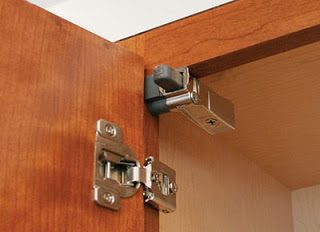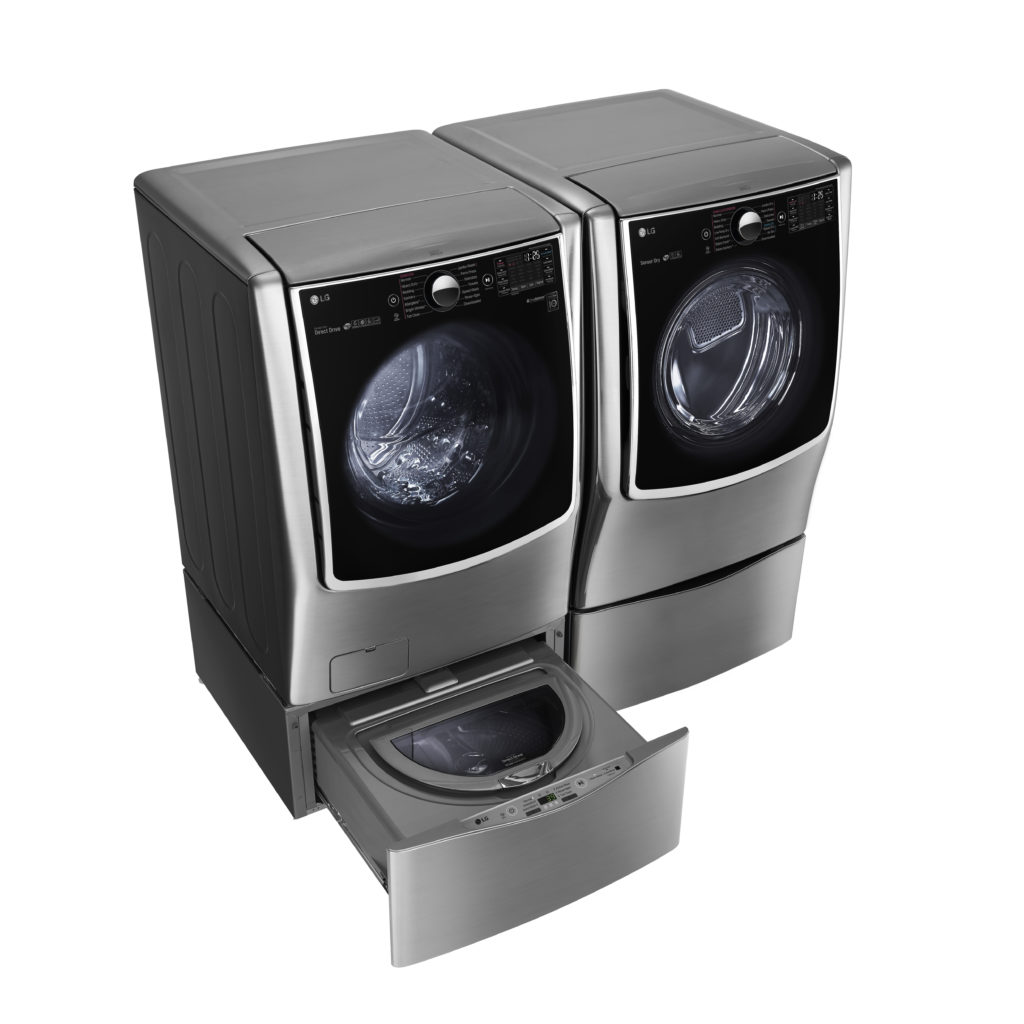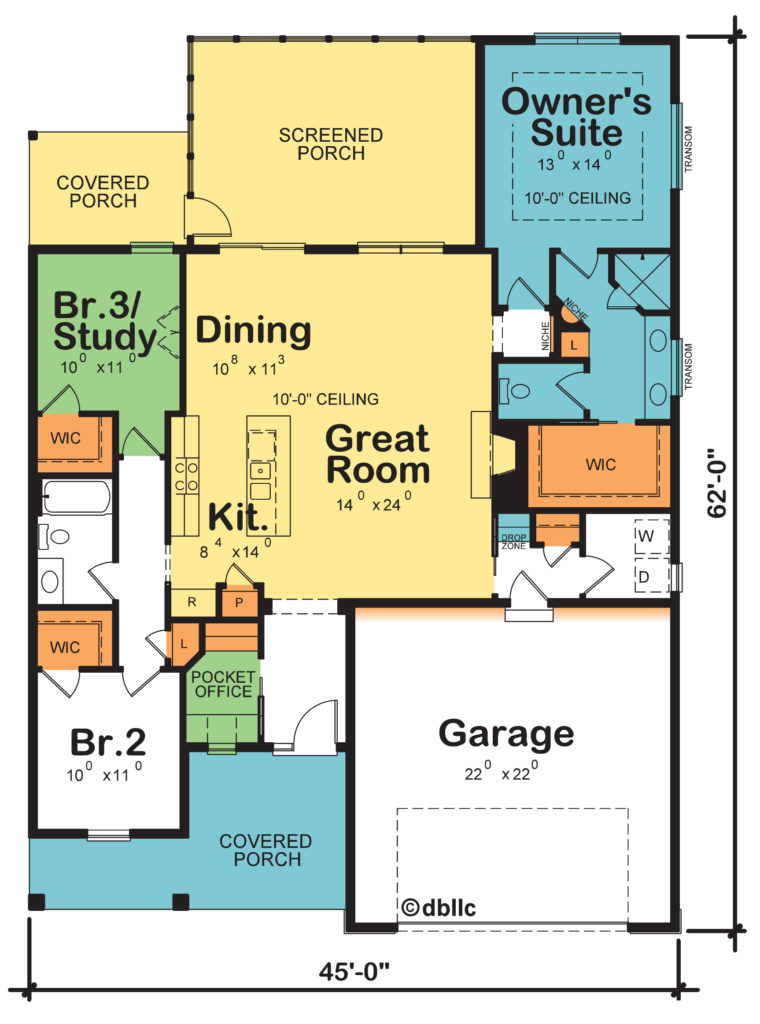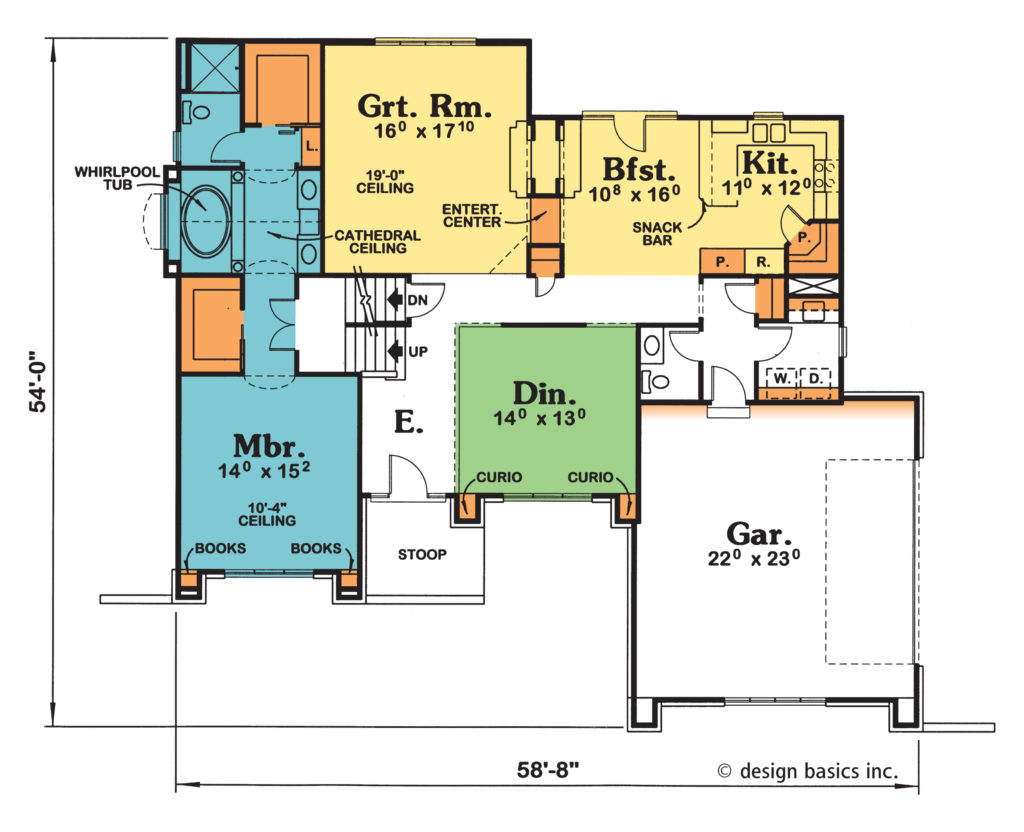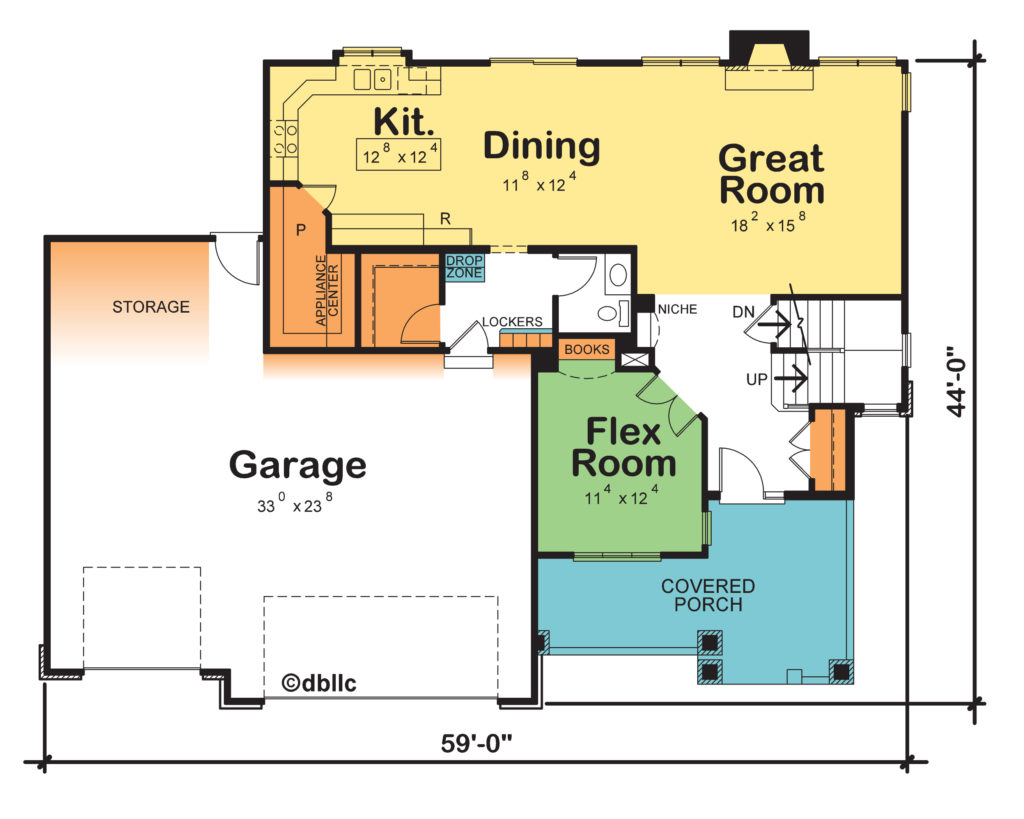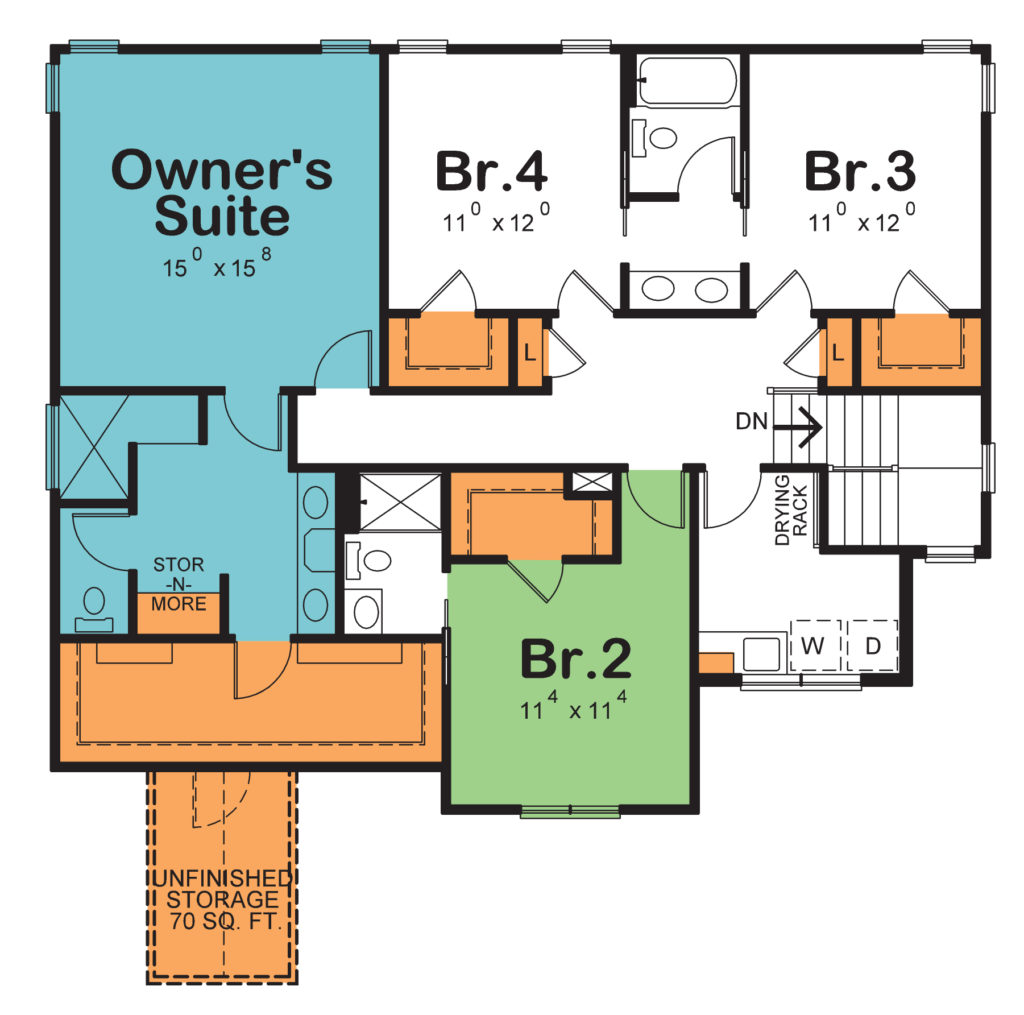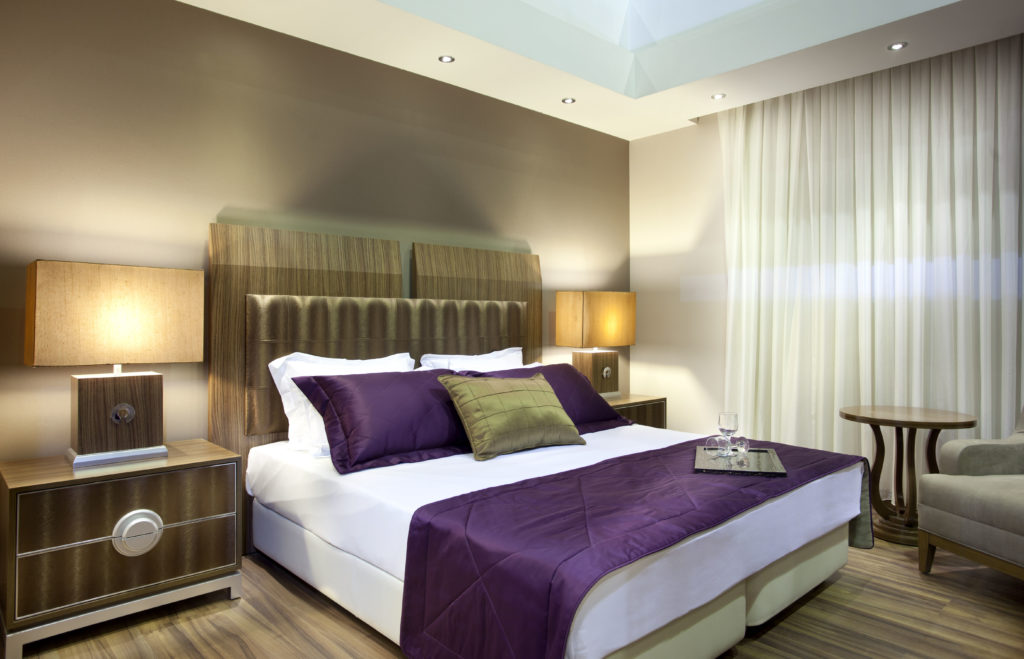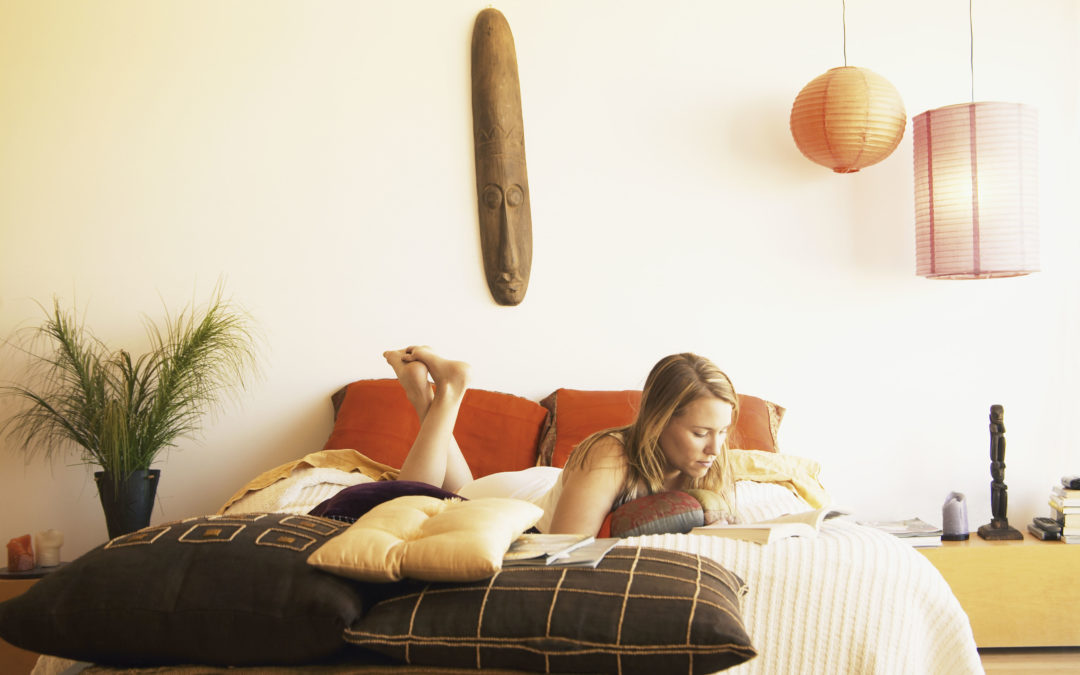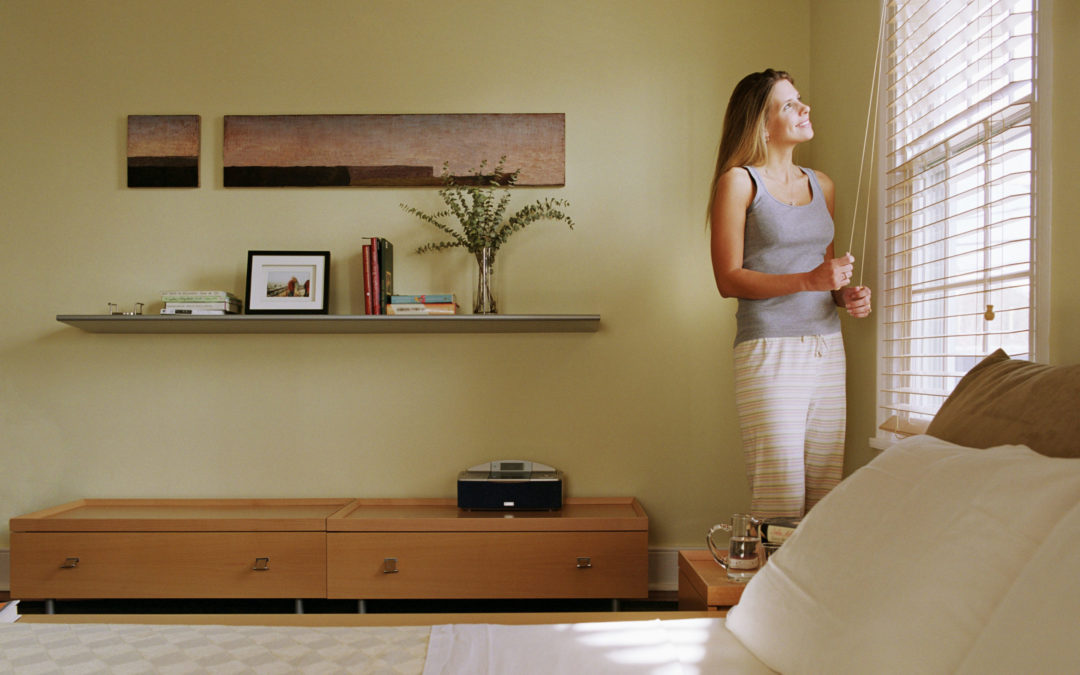
Wise Product Choices for a Quiet Home
You could try masking unwanted noise with your noise cancelling headphones/earbuds like you do when traveling. Problem is, they’re not very comfortable when trying to sleep, and just not practical for continuous use. Minimizing annoying sounds by making informed product choices for your new home sounds like a good idea.
Previously we have addressed sound deadening construction products for your home. Here, we’ll look at several other key product decisions that can contribute to a quieter home, starting in your bathroom. Bathroom exhaust fans are rated for the amount of noise they make, measured in “sones.” Though there are numerous considerations in addition to a bathroom fan’s volume when making this purchase decision, comparing various fans’ volumes is easy. Broan (a leading manufacturer of bath fans) has fans rated at .3 sones (almost inaudible) retailing for $190, as seen on one of the big box home improvement store websites. A comparable 6 sone (loud) Broan fan could be purchased for less than $40. Whether enjoying a hot soak in the tub or stepping out of a steamy shower, that $150 is a small price to pay for tranquility.
You can avoid the jolting “bang” from dropping the toilet seat by choosing a soft-close lid. And in both the bathroom and kitchen, soft-close cabinet hardware eliminates the annoying bang of cabinet doors.
As in your bathroom, your choice in a kitchen range hood exhaust fan can mean the difference between continuing your conversation or having to go elsewhere to hear each other. Your dishwasher choice also makes an appreciable difference. Unlike exhaust fans, dishwasher volume is measured in decibels (dB), and the lower the dB rating the quieter it operates. Again, using prices from a big box store, a GE stainless steel dishwasher measured at 59dB costs less than $650, while the 39dB model was a bit under $1,200. But that 20dB difference means the cheaper model is 4 TIMES as loud as the quieter model! Open to your Great Room, that can mean having to go elsewhere to be able to enjoy your favorite TV show. Pay special attention to dishwasher volume if your dishwasher is installed in your kitchen island as there is no exterior wall to help muffle the sound.
Another potentially noisy item found in your kitchen is the garbage disposal under your sink. Spend less than $100 (excluding installation labor) and you’ll pause discussions until after you’ve run the disposal. Invest $300 or so and you may not even hear the disposal operating. Revealing the Real You – Selections for Your Home has further information on how your product choices affect your new home’s price.
Having your laundry room next to your bedroom can be a great convenience, but a noisy laundry pair can quickly turn that joy into regret. With washers and dryers, the noise issue is compounded, as vibration can compound sound problems. As with the above, quieter appliances are available, but typically are going to cost more. And, if your bedroom adjoins the garage (or sits atop the garage) you’re going to want a quiet garage door opener. Belt-drive openers tend to be the quietest, and DC current models may start/stop softly, further reducing noise. (Photo courtesy: LG.com)
Finally, the location of your furnace and water heater will help determine how important quieter, pricier models would be for you. If your mechanicals are located near bedrooms or just off a living space, what are your options for minimizing such noise? Electric furnaces are typically quieter than gas, two-stage furnaces are quieter than one-stage models, and variable-speed furnaces quieter compared to single-speed units. Similarly, electric water heaters are usually quieter than gas models, and tankless water heaters typically make less noise than conventional tank-type heaters.
It’s an interesting paradox – on one hand we’re striving to achieve serenity by minimizing unwanted noise; on the other we’re ushering in sounds to our environments, typically through media. Smart solutions give you control over the volumes. Talk with your builder, quiet product options should be strong considerations. Savvy builders have recognized this and done the research for you, with some even offering a “Serenity Package,” an option bundle that includes quiet products throughout your home, making your choice easy.
For more resources on thoughtful design and products:
- View other articles on our blog
- Browse our Her Home™ Magazine
- Thoughtful Design Concepts
(Product spotlights are for informational purposes only.)

